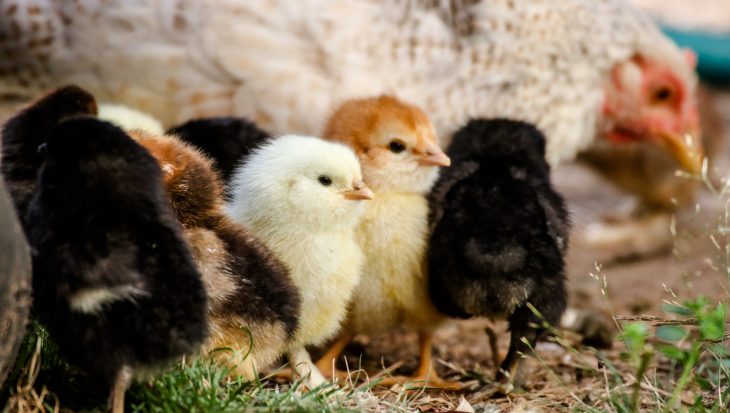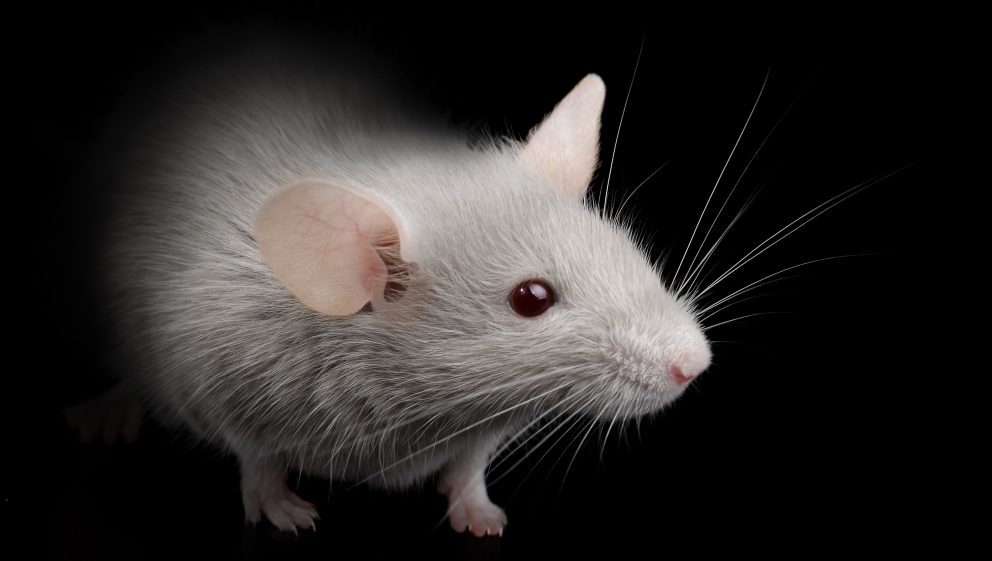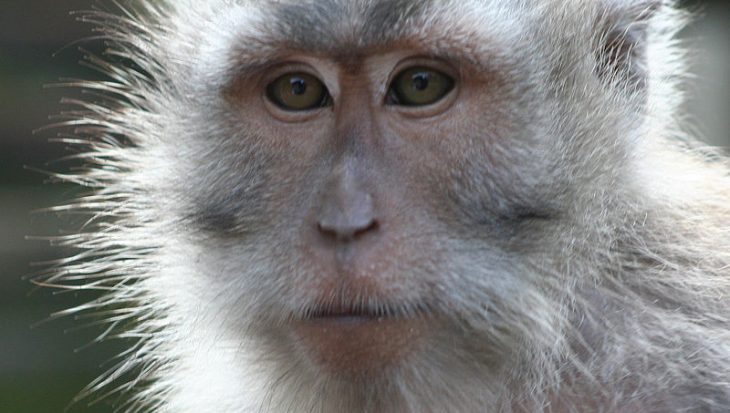A government report today reveals how more than 3.3 million animals were used for the first time in experiments in Great Britain last year. From monkeys to mice, horses to hamsters, the vast majority would have led lives of terrible suffering, ending in their premature deaths.
Although this figure is less than for 2018, it still equates to around 9,000 animals a day, at a time when scientific evidence is mounting against animal experiments.
The report outlines how:
- The number of beagles used was 2,626.
- 4.2% of the experiments were classed as ‘severe’ – meaning that the animals underwent the most terrible suffering permitted.
- There was an increase in the number of procedures on horses of 0.8%, which means an increase of 26% from a decade ago.
- 169,863 rats were used.
- 1,936 monkeys were used who were born overseas. These intelligent and inquisitive animals typically face long, arduous and extremely stressful journeys even before they arrive at the British laboratory where they will later be harmed and killed. Some journeys from overseas are known to take around 60 hours.(1)
The report is data-heavy, and does not explain how animals live and die in laboratories. Animal Aid highlighted experiments conducted at the University of Birmingham and described in a 2019 paper, where rats were shot in both eyes and killed two weeks later. Disturbingly, there is no mention in that paper of any painkillers being given to the animals after they were shot.(2)
Said Jessamy Korotoga, Campaign Manager at Animal Aid:
‘3.33 million animals is fairly difficult to imagine in your mind’s eye – it is such a colossal number. This shows the industrial scale of animal experiments. We know how animals may be genetically modified, surgically mutilated, have cancer cells injected into their hearts, be force-fed chemicals, made to inhale potentially fatal viruses, exposed to nerve agents or shot in the eyes. These are shocking examples of an outdated and archaic industry.
‘These individual animals could have lived such different lives outside the confines of the laboratory – rats, for example, are intelligent, inquisitive and can enjoy being tickled and playing with human care-givers. Yet we know that rats were shot in both eyes and killed two weeks later at a British university. The treatment of these animals, indeed all of those in laboratories, is repugnant.’
Order a free digital End Animal Experiments action pack


